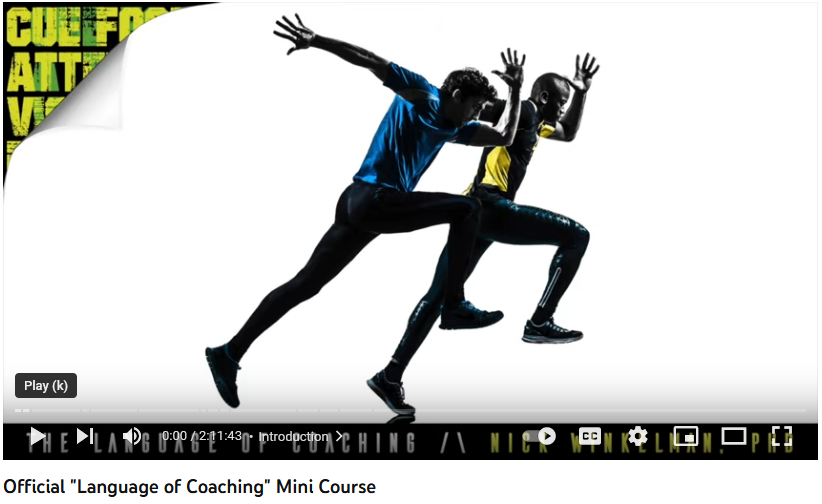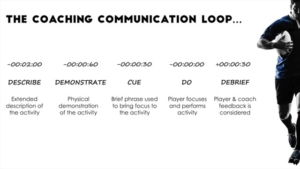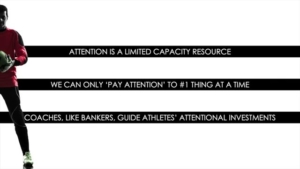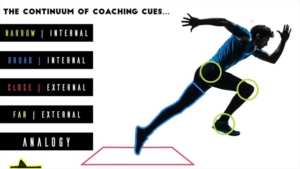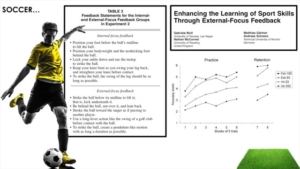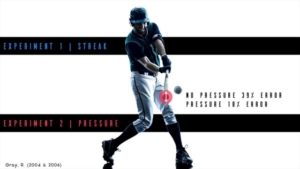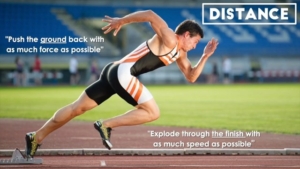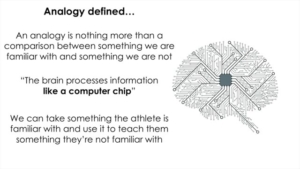by Thomas Kurz
Some time ago I talked with a sports instructor friend about using teaching cues, including those I call “control points,” as well as analogies. And a few days ago he pointed me to a mini-course based on a book The Language of Coaching: The Art & Science of Teaching Movement by coach Nick Winkelman, which is about the best ways of using words for teaching athletic skills and asked me for comments. Full info on the book and freebies, such as The Language of Coaching SLIDE DECK and The Language of Coaching Tips (TLOC Tips), are at thelanguageofcoaching.com.
So I watched Nick Winkelman mini-course, which you may watch above, wrote down my comments and bought the book directly from its publisher, Human Kinetics, not from Amazon through a link at thelanguageofcoaching.com, so no worries about fecal bacteria from Amazon warehouse workers packing the book and Amazon drivers delivering it). Before I list those comments, my opinion: I am very glad I was made aware of The Language of Coaching. It is a valuable work based on excellent research, a must-read. The Language of Coaching is a must-read and must-use for all who coach and instruct athletes.
Now my comments to the video mini-course, each with a link to a section of the video I comment on. With every comment I also list a corresponding slide number from The Language of Coaching SLIDE DECK you can get free at thelanguageofcoaching.com. For best understanding, first view the whole mini-course, then go to sections I commented on.
Mini-Course time: 00:11:43, Slide 3
My comment: Seems Nick Winkelman is not aware of research on verbalization in sports training from 1960s by Wiktoria Nawrocka (Nawrocka 1967, 1968) quoted in my articles How to Learn Skills Faster and Better—Through Verbalization and Tips on Teaching and Learning the Movement Skills, as well as of works by Zbigniew Czajkowski (Czajkowski 1996, 1997), also quoted in How to Learn Skills Faster and Better—Through Verbalization and in Science of Sports Training.
Mini-Course time: 00:27:15, Slide 6
My comment: Which is why selection of lead-up exercises (in previous workouts, in a warm-up to the instruction workout) determines effectiveness of instruction—it cuts down the number of cues/things to pay attention to at every step of instruction.
Mini-Course time: 00:34:04, Slide 11
My comment: External focus of attention is natural for healthy, non-injured individuals of any species.
Have you ever misjudged an objects weight? Say you wanted to lift a box you thought was full and heavy but actually it was empty and light—so as you grabbed and lifted it, you overshoot the lift. Or the opposite, you grabbed a box you thought was empty and light when actually it was full and heavy—so the unexpected resistance jerked you forward.
These examples show that the amount of force we affect an object with (for example, attempting to lift it) is determined prior to contacting the object, on the basis of its appearance—and then, after the contact, adjusted with use of proprioception to accomplish the desired result.
Mini-Course time: 00:57.38, Slide 21
My comment: For external-focus feedback, instead of or in addition to “Be behind the ball…” use “See the ball like so….” (see research by Joan N. Vickers, the author of Perception, Cognition, and Decision Training: The Quiet Eye in Action).
Also, for greater externalization of focus, how about using method of contrasting assignments and approaching assignments described in Matveev 1981 (see Science of Sports Training p. 263).
Mini-Course time: 01:17:26, Slide 27
An athlete’s focus of attention internalizes when the athlete is injured—or in doubt.
Mini-Course time: 01:35:23, Slide 34
My comment: Do you see here a good use for an analogy from kayaking?
How about telling a sprinter to “push the ground as if your feet on the track were blades of your paddle when you sprint in your kayak on smooth water.” Such a cue my be useful for preventing bias for strength (Science of Sports Training p. 153), or for treating it.
Now, to use this analogy with a sprinter, the sprinter has to have an experience of correct paddling, a useful part of motor erudition for any athlete.
BTW, an analogy based on paddling experience is useful in instructing boxers, which is why for boxers kayaking is more than just a different way of strengthening their shoulder girdle.
Mini-Course time: 01:42:53, Slide 39
My comment: The greater an athlete’s motor erudition the easier it is to find an analogy most appropriate for the instruction.
The Language of Coaching: The Art & Science of Teaching Movement available directly from its publisher, Human Kinetics as a physical book and an ebook.
If you prefer to buy on Amazon, then a kindle version is safer, because it is downloaded, not packed Amazon’s warehouse workers and delivered by Amazon’s delivery drivers, who are not allowed to take bathroom breaks.
My comments in this article are based on sports training know-how contained in the book Science of Sports Training. Get this book now and have all of the info—not just the crumbs!

